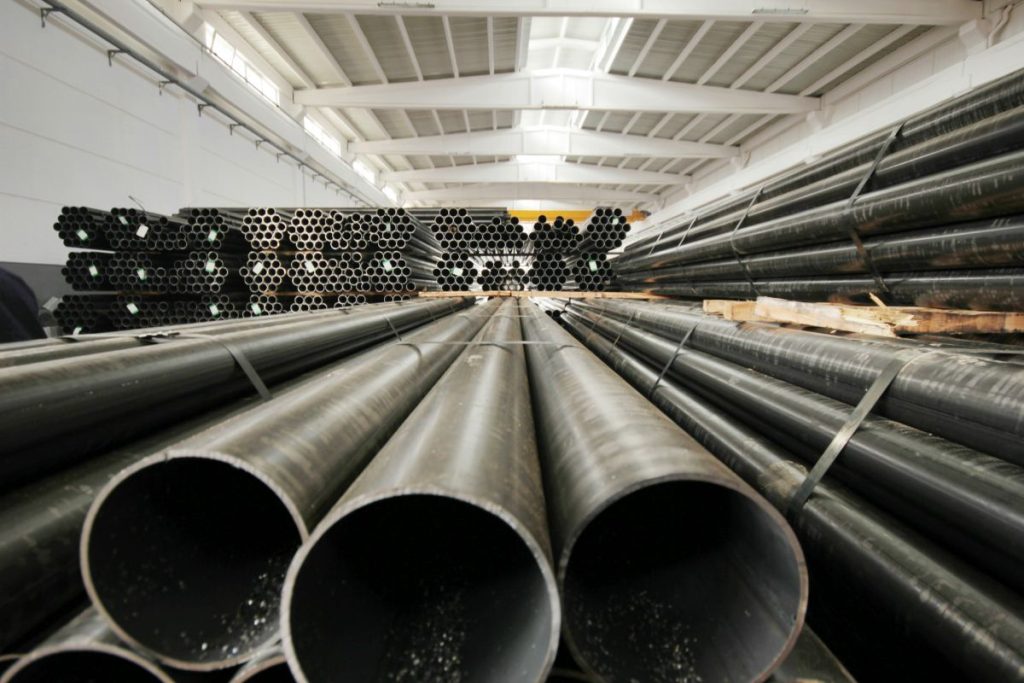Overview
- Protecting steel pipes is crucial for ensuring the longevity and integrity of various projects.
- Pipe coating involves applying a protective layer to the external surface of pipes. Pipe lining, on the other hand, reinforces the internal surface of the material.
- Pipe coating is suitable for both new and slightly damaged pipes. Pipe lining is only best for pipes in good condition.
- Pipe lining does not have a complicated process of application, unlike pipe coating.
- Coating methods include galvanizing, powder coating, and epoxy powder. Whereas, lining methods include cured-in-place pipe lining and point repair.
Protecting pipes when using them is important. They enhance the value and integrity of various projects. It is only necessary to sustain their quality for the longevity of their performance.
Whether you are using galvanized or black iron pipes, it is essential to know the two types of piping protection—coating and lining. In this article, we explore not only the differences between pipe coating and pipe lining, but also their distinct definitions.
What is Pipe Coating?
A coating is a protective layer on the outside or external part of the pipe. It also means adding a layer to the inside or the internal area. But in either explanation, it focuses on protecting the steel materials from many factors. This includes corrosion, abrasion, and erosion.
The process of coat application to piping materials is often done through spraying or dipping. Common coatings are galvanizing, powder, two-layer polyethylene, and epoxy powder.
When your pipes use these coats, they can enhance their durability, giving you unparalleled quality through the years.
What is Pipe Lining?
While some define it as coating the pipe’s internal area, pipe lining is often a process of reinforcing. Reinforcement means that an existing material needs more coat. This may be because it is near to being damaged or simply needs an extra layer of protection.
Lining a pipe has two purposes. The first is to enhance its durability, making it effortless to prevent damage. The second is for pipes that need to boost their repairing properties. Pipes dipped in zinc coating usually have this quality. Zinc has a self-healing mechanism, which makes it effective in the prevention of corrosion. Galvanized iron pipes are usually dipped in this kind of coating.
Do not confuse it with pipelining, which means pipelines. A pipeline is a system or a network of pipes for cities or streets. It is responsible for major plumbing systems like sewage.
Differences Between Pipe Coating and Pipe Lining
Understanding the differences between coating and lining is important. While both methods serve to protect pipelines, they differ in detail such as extent, process requirements, and materials used.
Extents
The extent means the limitations of these processes. While both centers on the purpose of the durability of your pipes, their limitations differ depending on when you apply the coating.
Pipe coating is used on either new or old pipes. Slightly damaged steel pipes can also benefit from it to prevent worsening. Pipe lining, on the other hand, is only done when the pipes are only in good condition. It acts more as a reinforcement or an optional step in protecting your steel products.
For both cases, when the steel pipe has significant corrosion damage, it is wise to replace it completely.
Process Requirements
While the coating substance is extremely important for both processes, there are other major details to consider. A major factor is your access to the pipes.
Unlike pipe coating, the process of lining does not require dismantling the pipelines. This means you do not need to excavate the material, focusing more on your direct access to it. Pipelining is a better option if getting the materials is not an option. This makes the process a more cost-effective option in addressing your piping systems.
Pipe coating, conversely, is not a cost-effective process. It requires industrial-grade materials, tools, and professional skills, making it expensive.
Materials Used
Another difference between pipe coating and pipe lining is the material used in the process. Pipe lining can use techniques like cured-in-place products like pipe lining and point repair. These methods are often used for the interior of sewer piping systems. For pipe coating methods, you can use coal tar epoxy (CTE) or polyolefin three-layer coating.
In reviewing which methods or techniques to use for either situation, it is important to note the purpose of your piping. This ensures you use the right materials in your project.
Key Takeaway
The differences between coating and lining emphasize the diverse approaches to pipeline protection. The two processes are important in ensuring the safety of our projects from construction to industrial use. By recognizing their distinct characteristics, you can make informed decisions on the long-term integrity and performance of your steel pipes.
Another way to ensure the quality of your pipes is by partnering with a reliable steel pipe supplier. With Supreme Steel Pipe Corp., you are in the safe hands of experts in the industry. We offer our clients highly developed steel pipes such as galvanized iron, black iron, and water pipes. As your one-stop shop steel pipe supplier, we ensure that our products are coated with the best protective layer. Contact us today and build strong with us.
